16 Different Ways to Add More Flavor with Fewer Ingredients
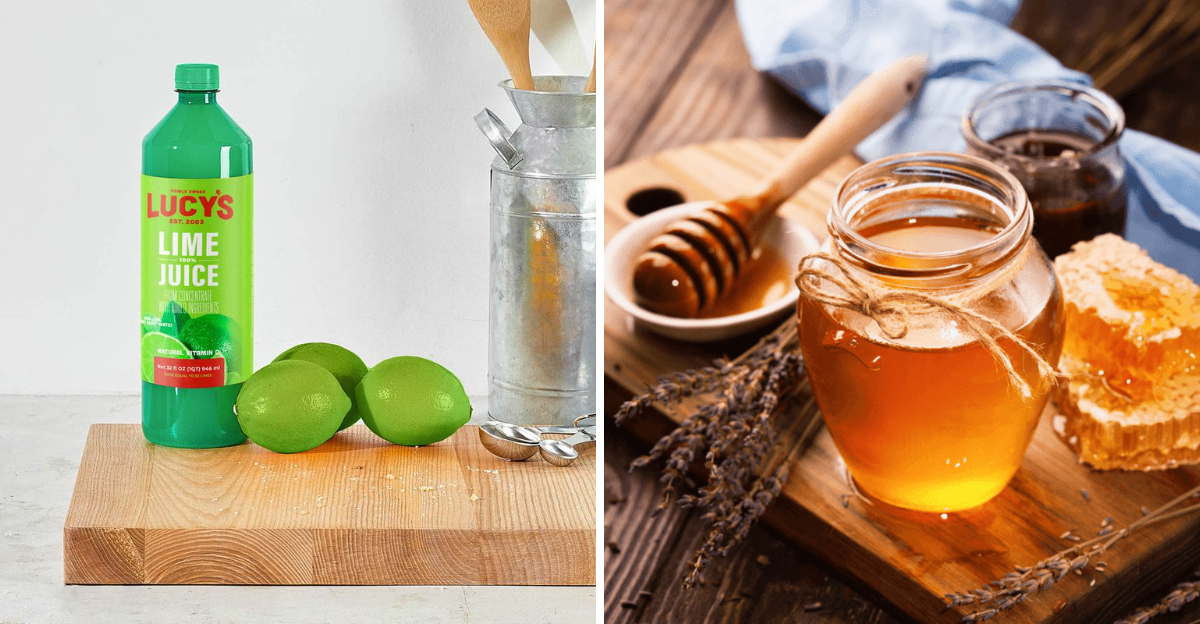
Enhancing the flavor of your dishes without relying on extra ingredients is entirely possible with a few helpful techniques and a bit of attention to detail. These simple methods don’t require fancy tools or complex steps—they’re just everyday ways to bring out the better in your cooking. Here are 16 practical ideas to add more depth and balance to your meals, making them feel a bit more thoughtful and delicate.
1. Use Seasoning Effectively
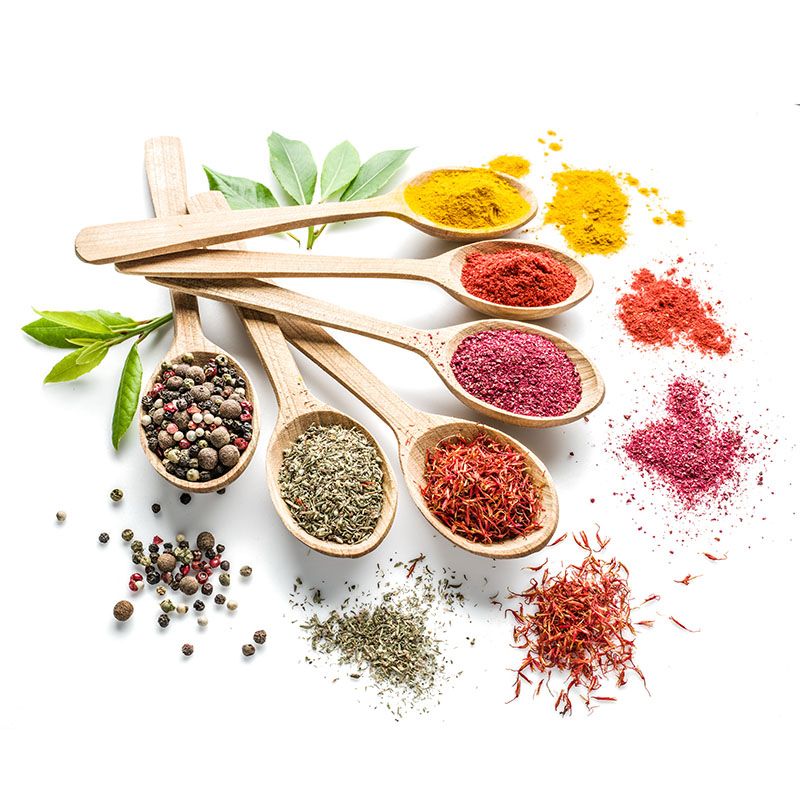
Seasoning is an method that can change the simplest of dishes into culinary delicates. By salting vegetables early, you can draw out moisture, leading to a concentration of flavors that enhance your meal. The layering of seasonings at different cooking stages allows for a complexity that makes taste different experience. Engaging with your dish through taste tests ensures the suitable balance before serving. Building flavor isn’t just about adding salt but knowing when and how to use it. This method focuses on using spices and herbs to make depth without overwhelming the palate.
2. Incorporate Aromatics

Building depth in cooking often starts with aromatics like onions, garlic, and celery. Sweating these ingredients over low heat can release their sweet natural flavors, adding richness without extra fuss. The process of browning them carefully adds layers of taste that contribute significantly to the dish. Using aromatics is about more than just flavor; it’s about building a foundation. This technique allows the natural oils to seep into the dish, providing a subtle yet better enhancement. Browning these ingredients slowly and carefully adds complexity and richness to soups, stews, and sauces.
3. Master Cooking Methods
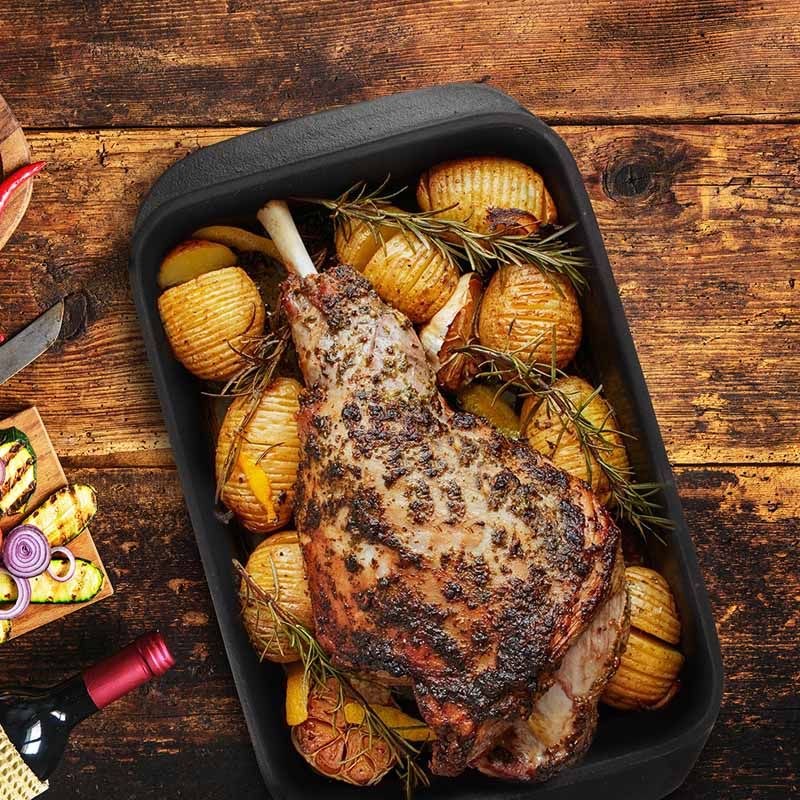
Roasting, grilling, and slow cooking are techniques that can enhance the natural flavors of your ingredients. Through roasting, vegetables’ natural sugars are caramelized, developing deep, rich flavors that enhances the palate. This technique is not just about applying heat but understanding how it affects food. Grilling adds a smoky dimension, while slow cooking tenderizes and melds flavors over time. Mastering these methods can turn ordinary ingredients into gourmet experiences. By focusing on technique rather than additional ingredients, you learn new culinary possibilities.
4. Enhance Ingredient Use

Every part of an ingredient has potential. Citrus zest, for instance, can add a bright, hint to various dishes. Utilizing all parts reduces waste and enriches the flavor profile of your meals. By grating zest, you unlock fragrant oils that enhance baked meals, dressings, and more. This concept encourages versatility and mindfulness in the kitchen. Instead of discarding parts of ingredients, think about how they can contribute to the overall dish. Whether it’s using vegetable stems in broths or citrus peels in desserts, enhancing your ingredients leads to flavorful results.
5. Make Simple Condiments
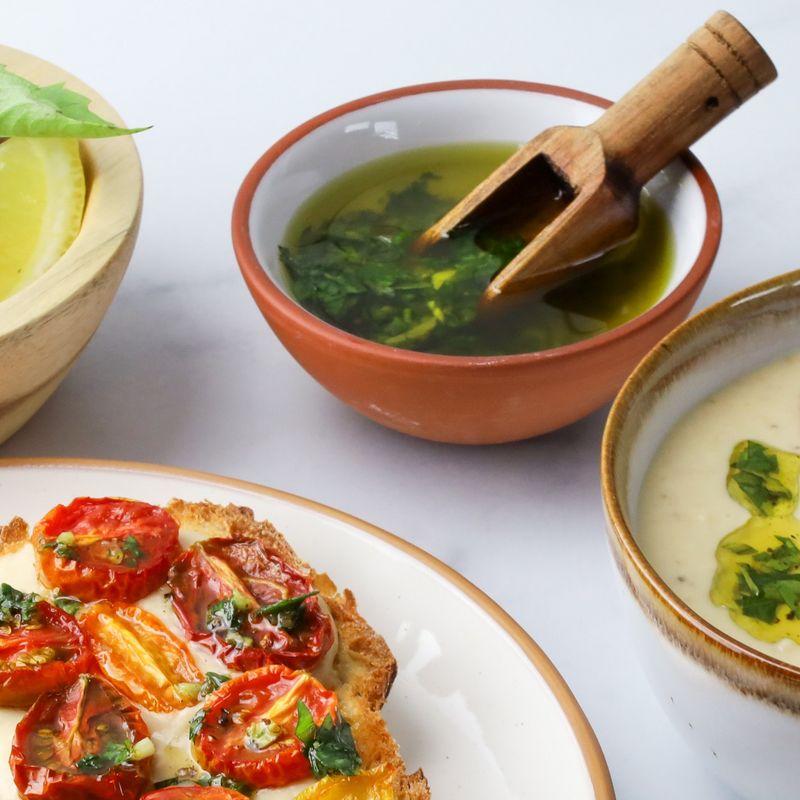
Infused oils, spice pastes, and vinaigrettes are simple yet effective ways to enhance your dishes. By infusing olive oil with garlic, rosemary, or chili flakes, you make a rich, aromatic oil that can be drizzled over foods or used in cooking. This method adds depth without complicating the recipe. Making condiments at home allows for customization and experimentation. These additions can change a basic dish into something tasty, offering a burst of flavor. The process is as creative as it is satisfying, giving you control over flavors.
6. Add Acidity

A splash of apple cider vinegar or a squeeze of citrus juice can bring brightness to any dish, balancing richness and intensifying flavors. Acidity works to enhance other ingredients, making it a crucial element in making a well-rounded dish. Using acidic elements can change salads, meats, and vegetables. This technique serves as a bridge between flavors, connecting them in a smooth blend. Whether through lemon juice or apple cider vinegar, acidity acts as a catalyst for flavor enhancement.
7. Use Natural Juices
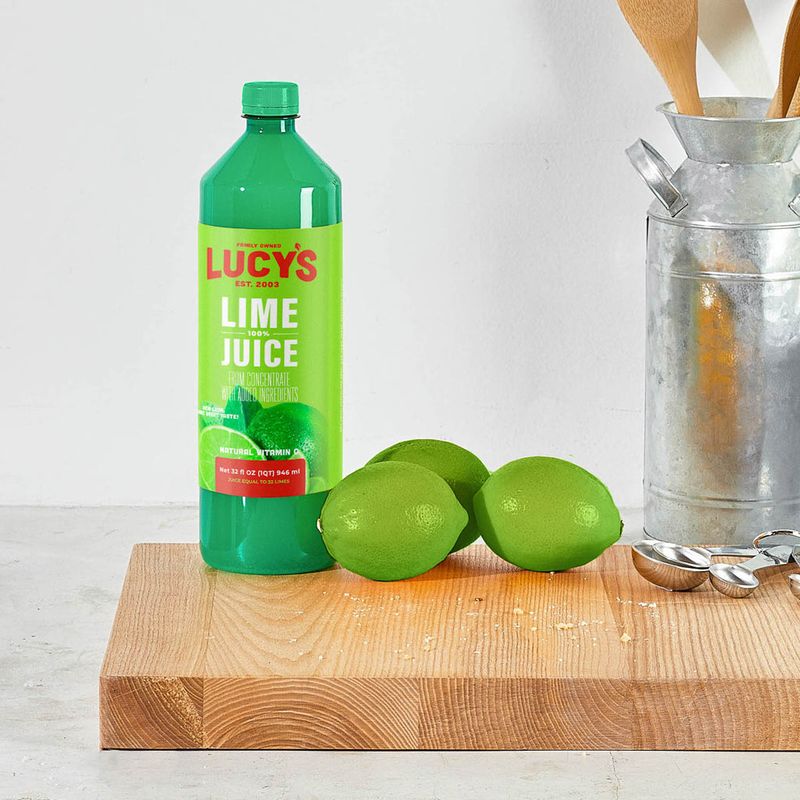
Natural juices like lemon and lime offer a way to highlight and balance flavors in savory dishes. Whether enhancing fish or vegetables, a squeeze of these juices can add depth and complexity without extra calories or sodium. These juices serve as natural flavor enhancers, bringing out the best in your ingredients. The bright, fresh flavor they introduce can change a dish, making it more appealing and satisfying. By using natural juices, you open a pathway to more different and delicious meals.
8. Incorporate Sweeteners

Natural sweeteners like honey and maple syrup can add a sweet contrast to savory dishes. Pairing these sweeteners with vegetables like crispy Brussels sprouts balances bitterness and enhances the overall flavor profile. Using sweeteners in cooking is about finding blend and balance. They can transform marinades, dressings, and more, offering a new layer of complexity. The sweetness melds with savory elements, crafting dishes that are intriguing and satisfying. This technique encourages experimentation and opens new culinary avenues.
9. Use Broth or Stock
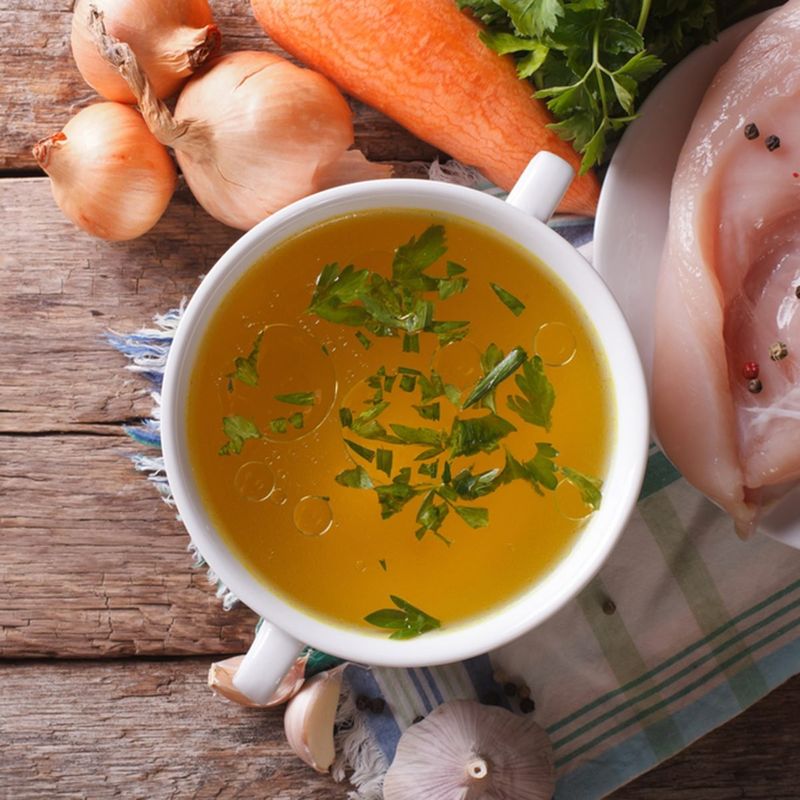
Cooking with broth instead of water infuses grains, pasta, or vegetables with robust flavor, adding depth and richness to your dishes. The broth acts as a carrier of flavor, enhancing each ingredient it touches. By replacing water with broth, you enhance the taste and texture of your dishes, turning simple recipes into gourmet experiences. This method allows the flavors to meld together in a harmonious way, making dishes that are both delicate and flavorful.
10. Char Ingredients

Charring ingredients like vegetables, meats, or bread introduces a bold, smoky flavor that adds dimension to your cooking. This technique requires careful attention to achieve the char without burning. The process of charring adds complexity and richness, changing simple ingredients into something delicate. It’s a method that brings out the deeper flavors hidden within the food, making taste an experience. By exploring this technique, you can make dishes that are both visually appealing and richly flavored.
11. Balance with Heat
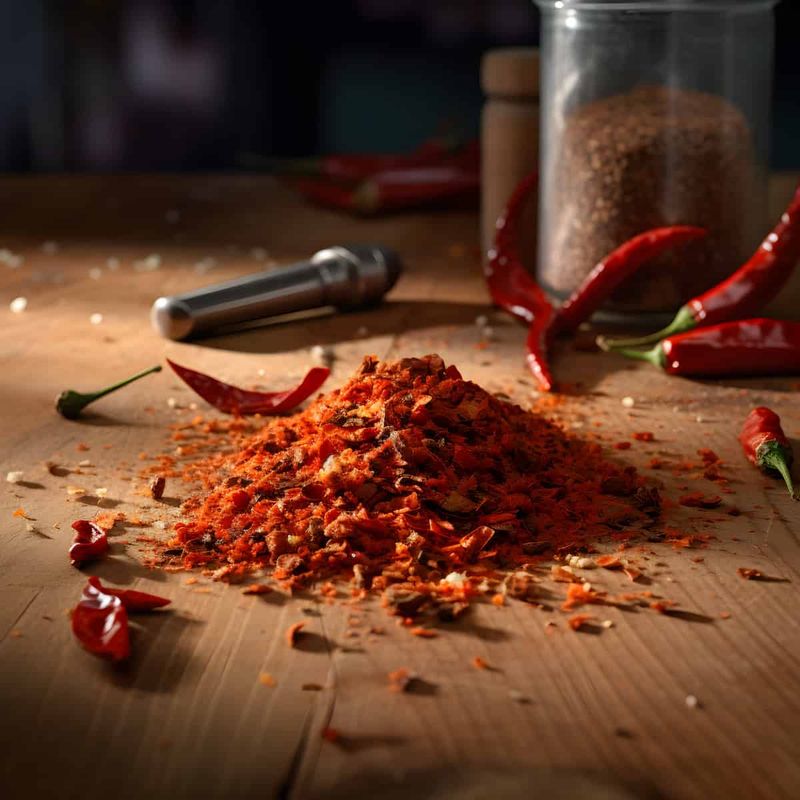
Incorporating heat through chili flakes, peppers, or spices can elevate a dish’s complexity. Adding heat early in the cooking process creates a gentle warmth, while a late addition delivers a sharper kick. Balancing heat allows for a dynamic flavor profile that keeps the palate engaged. The careful use of spicy elements can change ordinary dishes, offering layers of excitement and intrigue. This technique requires a keen understanding of flavors, ensuring that the heat complements rather than overwhelms.
12. Mash Aromatics
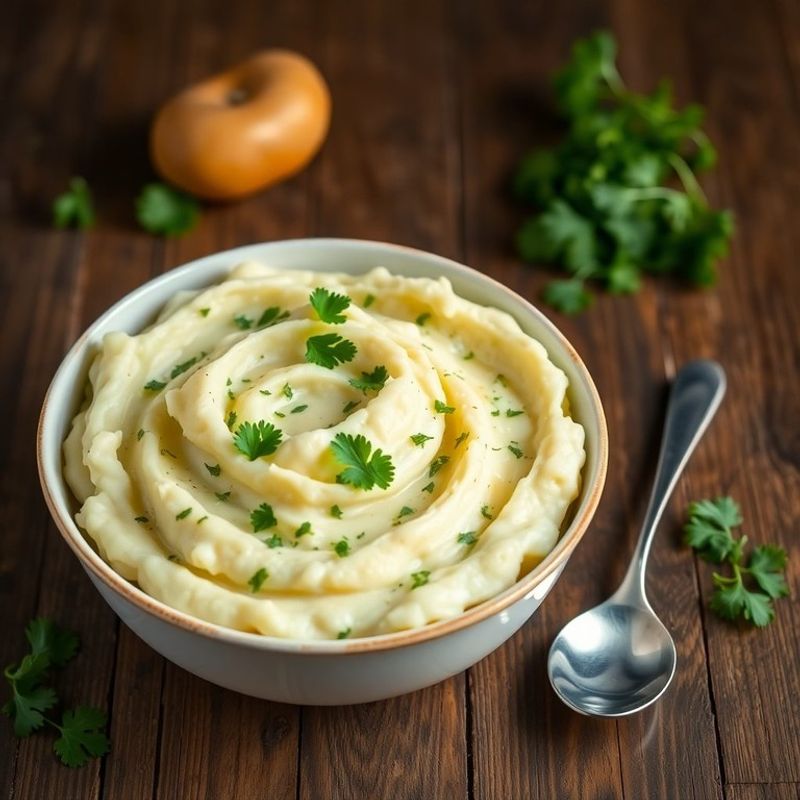
Mashing aromatics like garlic, ginger, or herbs before cooking releases their essential oils, intensifying their flavor. By crushing these ingredients, you allow their aroma and taste to fully permeate the dish, ensuring even distribution. This technique enhances the overall flavor profile, providing depth and richness that can’t be achieved through slicing alone. Mashing is about extracting every bit of flavor, turning ordinary dishes into extraordinary creations.
13. Use Zest for Zing
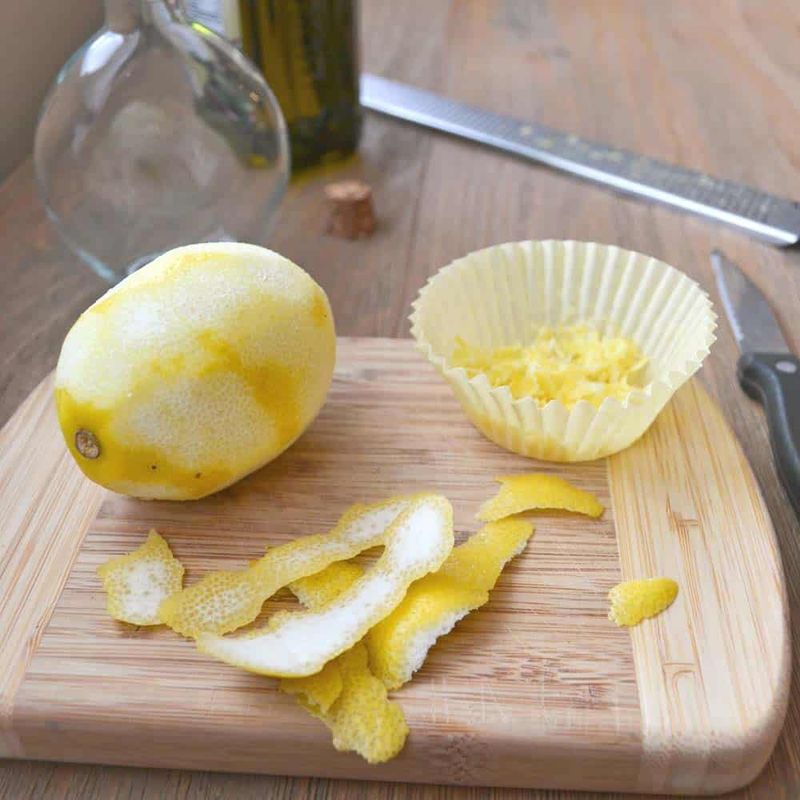
Zest isn’t just for garnish; it’s a ingredient full of flavor waiting. The outer peel of citrus fruits holds essential oils that pack a punch, adding brightness and complexity to a variety of dishes. Its a lemon zest that brings a fresh kick to creamy pasta sauces. Including zest in your culinary toolkit is an effortless way to enhance both sweet and savory meals. From baked meals to marinades, this ingredient can change the ordinary into something flavorful. It’s a example of how a small addition can lead to a big impact in flavor dynamics.
14. Develop Umami
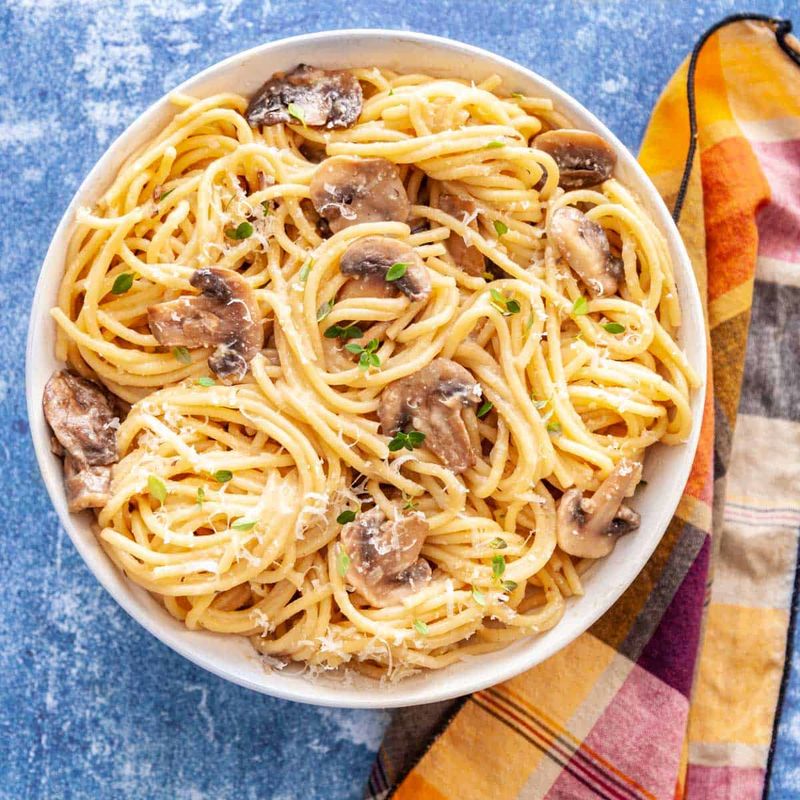
Umami can be developed through ingredients like mushrooms, soy sauce, or parmesan. This taste adds a savory depth to dishes, enhancing their flavor profile. By incorporating umami-rich ingredients, you make dishes that are delicate and complex. This technique allows you to explore flavors that are both bold and subtle, crafting culinary experiences that linger on the palate. Umami is about discovering richness and complexity in taste.
15. Use Fresh Herbs
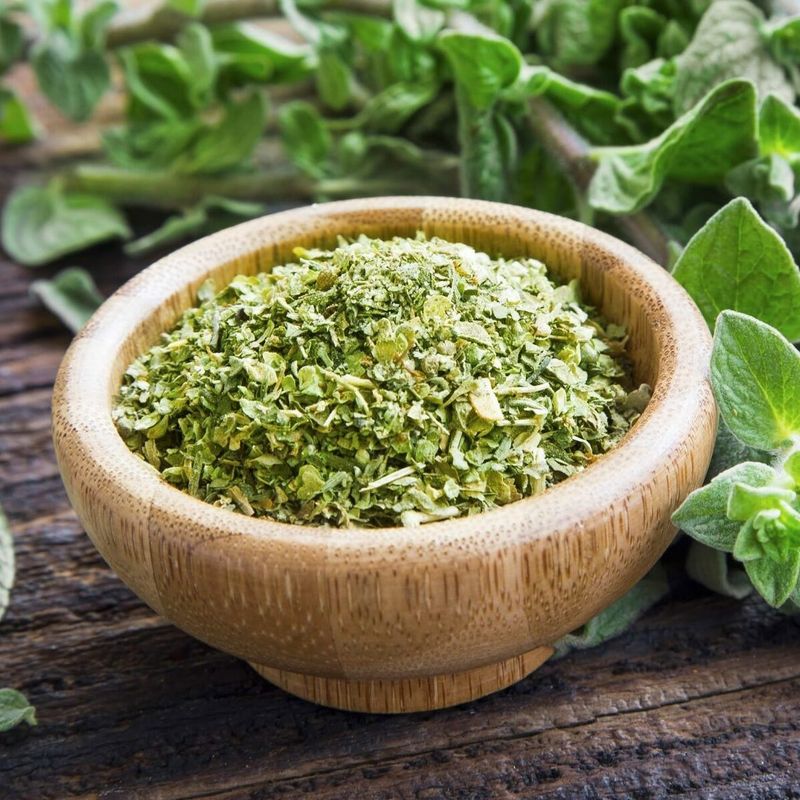
Fresh herbs offer a different direction to add flavor without overwhelming a dish. Whether sprinkled on top or incorporated during cooking, herbs like basil, parsley, or coriander provide a burst of freshness. These herbs act as flavor enhancers, adding brightness and depth to various dishes. By using them thoughtfully, you can change ordinary meals into delicate culinary meals. Fresh herbs are not just about flavor; they add color making dishes more appealing.
16. Explore Bitter Flavors
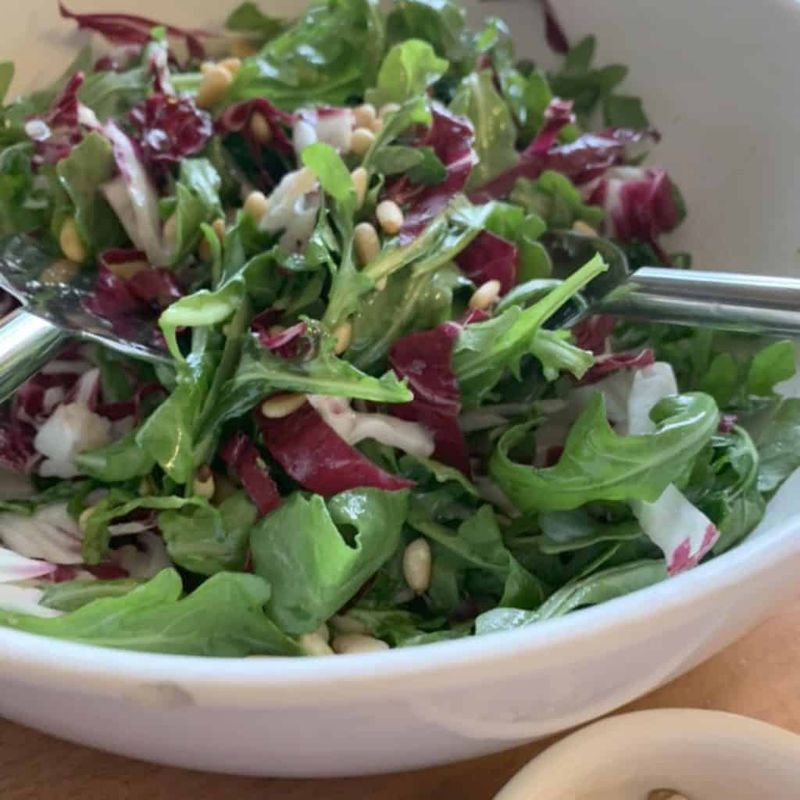
Bitter flavors can add complexity and balance to dishes. Ingredients like arugula, radicchio, or walnuts bring a distinctive taste that enhances other flavors. Balancing bitterness with other tastes such as sweet or acidic elements. This technique explores flavors that challenge and invite, offering a new perspective on culinary possibilities. By incorporating bitter elements, you add depth and sophistication to your meals.
